Preliminary 2019-2020 Winter Forecast 5 years ago
August 2019
- Plenty of potential for a severe winter.
- East will have to overcome early warmth.
- SST analogs are amazingly close to a blend of 2013-14 and 2014-15.
- Warm northeastern Pacific and cooler Nino1+2 usually a great cold signal.
- Snowfall should be generous.
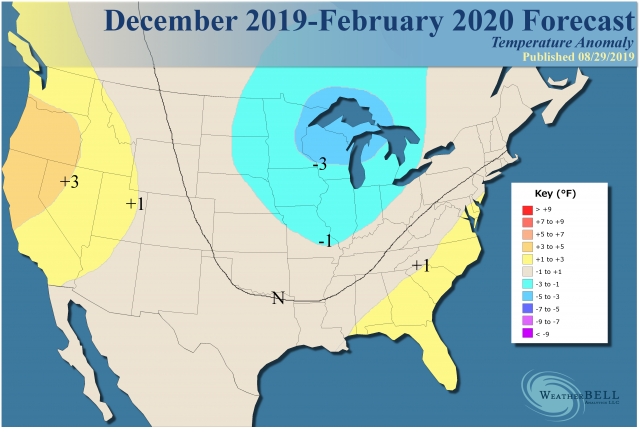
The sensible analog is skewed to make it less cold, for the actual analog is quite a bit colder than that.
.png)
Actual analog:
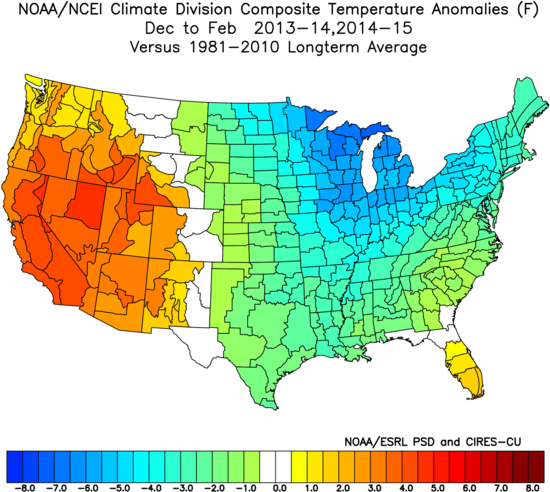
At this time in the Northern Hemisphere, the SSTs are amazingly close to a blend of 2013-14 and 2014-15. The blend:
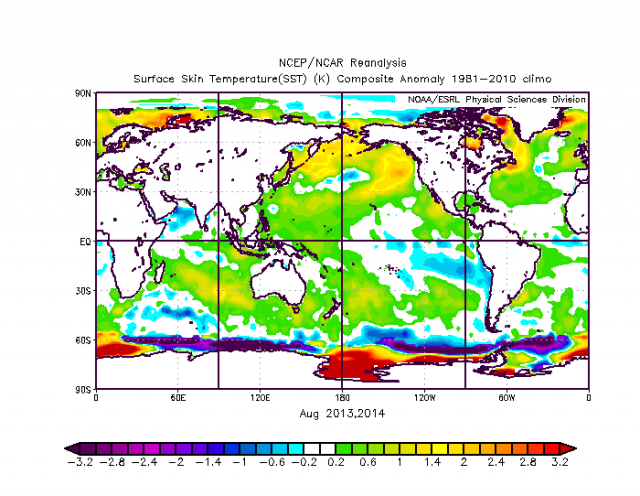
Current:
.gif)
It should also carry into the winter period.
Analog:
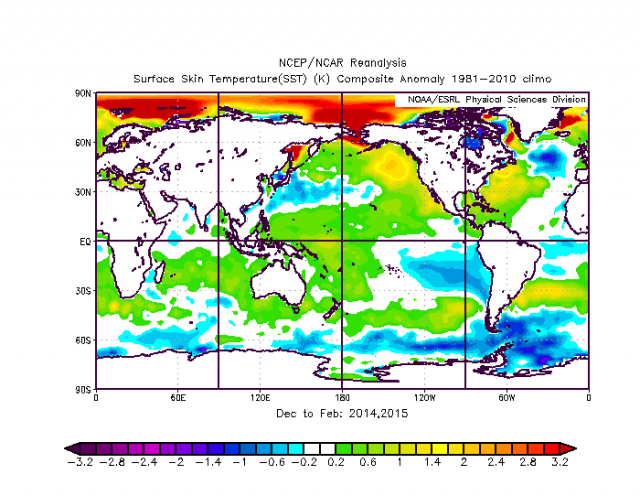
The CFSv2 is warm everywhere:
.gif)
The warm ring in the Pacific and Nino1+2 being cooler than near the Dateline are there. In spite of this, the CFSv2 has a blow torch winter:
.gif)
In the analog years, it had the same kind of idea:
.gif)
The CFSv2's 2014-15's forecast was very bad:
.gif)
So given those were the coldest winters together in this decade for the nation as a whole, I am taking it with a grain of salt.
The Euro seasonal for December-February displays a ridge over northwestern Canada with the trough near the Dateline, which is going to force a lot of cold into the U.S.
The 500 mb pattern in those winters:
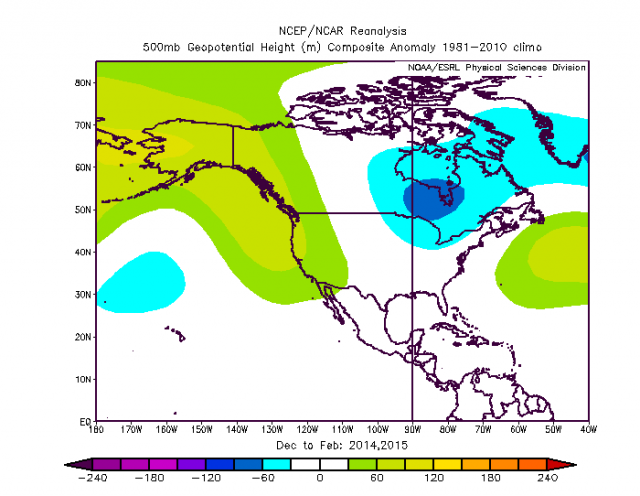
You can see the ridge over northwestern Canada. Keep in mind this is what actually happened. The modeling, given the warm state of the Northern Hemisphere, can only hint at cold, but with that kind of ridge it opens up the door for severe cold. The idea is that the warmth of the SSTs off the East Coast will temper the cold in the early winter (there may be a false start in October), but until the solstice, I think the warmth will win out in the East. At the same time, cold will come into the Plains. January-March the cold should overwhelm the pattern from the Plains eastward.
Naturally, the only model to see cold is the model that hits the cold when it comes, the Pioneer. Last year it busted badly in the Southeast, and I spent half the winter explaining what went on. However, what I did see was a lot of cold in the pattern. No surprise it looks quite cold given the analogs.
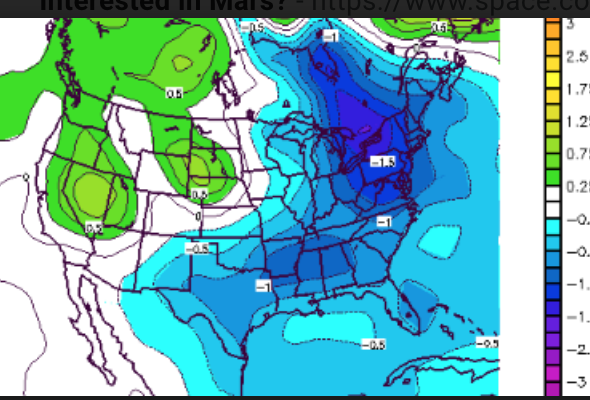
For snowfall, with ample reason to suspect a fight over the eastern part of the U.S. and the recent tendencies toward plentiful amounts of moisture, the cold that comes should produce plenty of snow. Last year's forecast got off to a great start with the Southeast getting early snow, and as the winter went on much of the area forecasted to have above-normal snowfall did have it. However, there was a corridor over the Northeast in crucial areas that was only 75% of average. This year, with the cold the way it is expected to be, the analog precipitation is modeled to be like this:
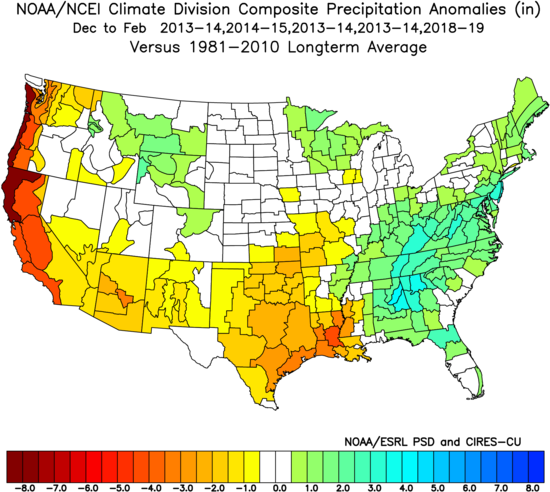
This should produce a big snow year, centered over the Great Lakes and interior East. There will be plenty of opportunity to the East Coast and back into the Plains.
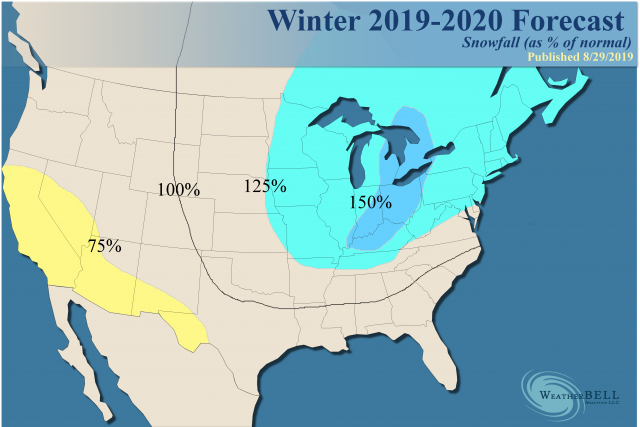
This is a percent of average, first flake to last. For example, in Atlantic City the average is about 15 inches of snow per year, so the forecast for 125% of that would be a bit over 18 inches. There is an area of 150% from the Ohio Valley into the Great Lakes. Pittsburgh's average of 40 inches, so it says they should get about 60. You can see a large area of above normal, and it's tricky because if this works out to its full potential, there could be more over the East Coast. Also, the southern Rockies is a place where more may have to be forecasted, but for now I am relying on a drier idea to win out there.
The Verdict
The conditions in the oceans around the U.S. are ripe for major arctic outbreaks, but the early season, as has been the habit of late, is likely to start warm in the East. The worst-case scenario is a brutally cold old-fashioned winter. Precipitation should be plentiful again in the East given, the natural fight between the cold air to the west and the warm oceans to the east.
The West looks warm, though the Euro would argue that the Pioneer is onto something, sticking more cold into the southern Rockies. Buckle up, there is going to be plenty of cold around with January-March being colder against the normals in the East than December-February. If you start late with the winter, you are liable to end late.